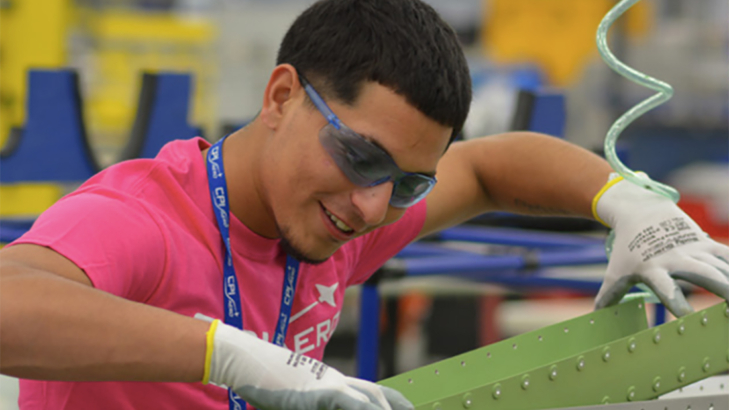$3.4M goes to improving Long Island Sound
A matching grant program from three federal agencies will result in $3.4 million in conservation funding for the Long Island Sound.
There were 16 grants totaling $1.1 million awarded to local governments, nongovernmental organizations and community groups, which were matched by $2.3 million from the grantees aimed at improving the Long Island Sound watershed.
The grant program combines funds from the U.S. Environmental Protection Agency, the U.S. Fish and Wildlife Service and the National Fish and Wildlife Foundation.
The money, funded through the Long Island Sound Futures Fund, will support water quality improvement projects that will treat 5.4 million gallons of stormwater, install 23,000-square-feet of green infrastructure and prevent 3,000 pounds of nitrogen from entering Long Island Sound. The projects will also open 3.7 river miles and restore 108 acres of coastal habitat for fish and wildlife.
Among the beneficiaries of the grants are the National Audubon Society, which will use $263,905 to enhance coastal resiliency with tidal marsh restoration at Sunken Meadow Park; the Frank Melville Memorial Foundation, which will employ $54,512 to install a nitrogen-removing biofilter at Frank Melville Memorial Park in Setauket; and the Science Museum, which will use $95,201 for a green infrastructure demonstration at the Leeds Pond Preserve in Plandome.
“EPA is proud to engage local, state and federal partners to seek out and implement innovative ways to restore and protect the Long Island Sound,” EPA Region 2 Regional Administrator Pete Lopez said in an agency statement. “We have the opportunity to continue supporting and building on the hard-earned success in restoring the Long Island Sound over these past years. From reducing nitrogen going into the Sound, restoring nearly 1,625 acres of habitat and reopening 317 miles of river habitat to fish, our collaborative progress is ongoing. Prospects of increased green infrastructure, improved water quality and engaging educational programs assure long-lasting and sustainable use for generations to come.”




